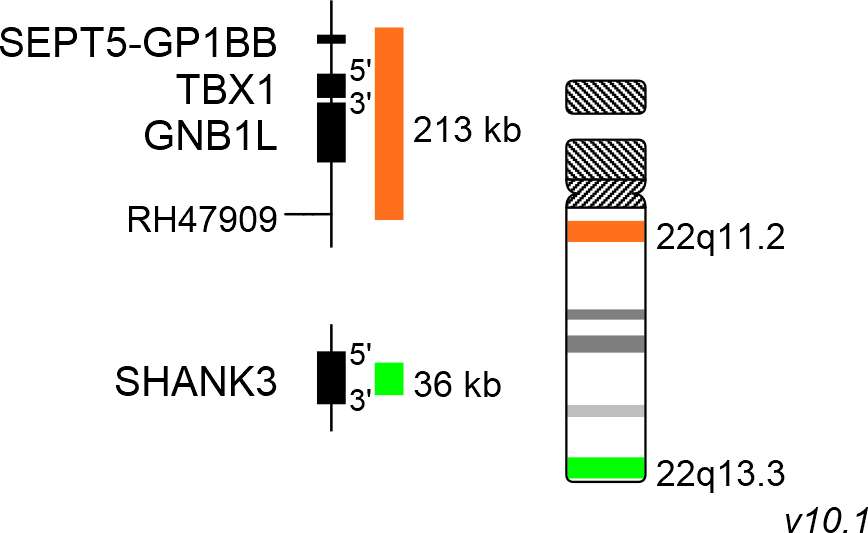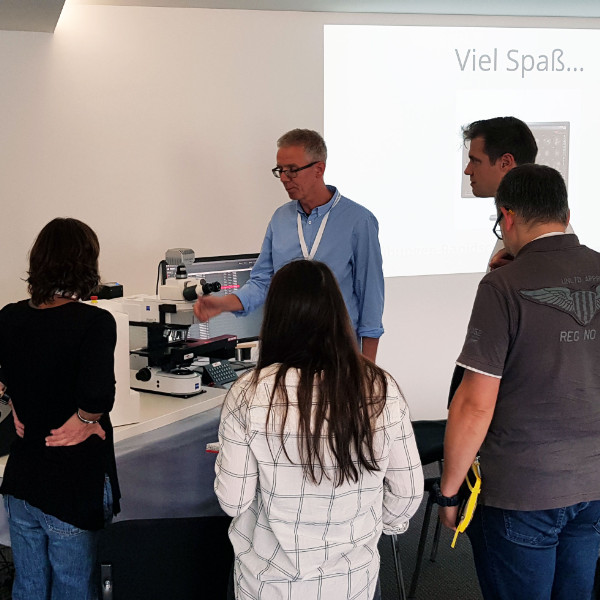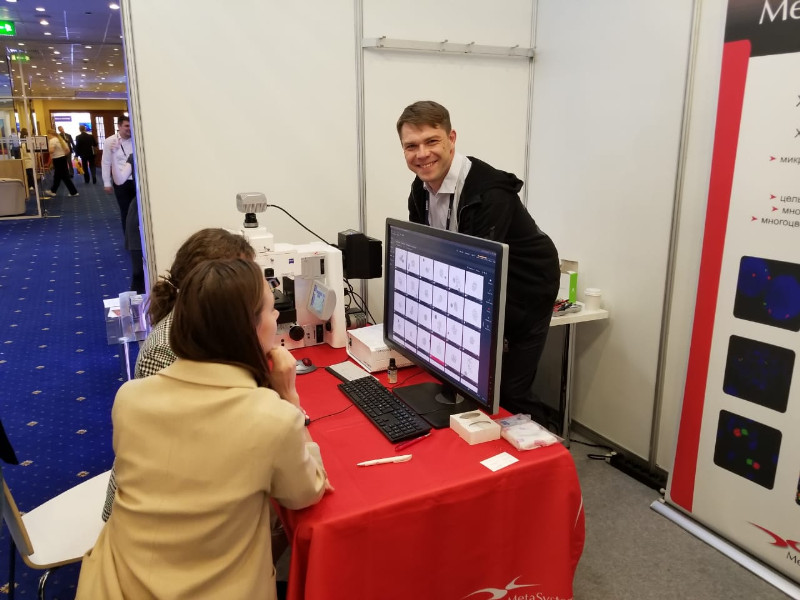About 100 guests from 36 countries met on the XVIII. MetaSystems Distributor Meeting (DM) in November to exchange experiences and to get to know new trends and developments at MetaSystems.

Our internet site may contain information that is not approved in all countries or regions. To ensure accuracy of content, please select your country/region of residence. Choose International if your country is not listed.
This information will be saved using cookies. To find out more about cookies, read our Privacy Policy.
Please select your country of residence. Choose International if your country is not listed.
Our internet site may contain information that is not approved in all countries or regions. To ensure accuracy of content, it is required that you select the site which is appropriate for your country of residence.
Based on your previous selection, you have been forwarded to the website for International.
MetaSystems Probes has already certified a large part of its portfolio, according to IVDR. For organizational reasons, we currently provide only the IVDD product.
Discover all IVDR-certified products
XL DiGeorge TBX1 consists of an orange-labeled probe hybridizing to the TBX1 gene region at 22q11.2 and a green-labeled probe hybridizing to the SHANK3 gene region at 22q13.3.
Probe maps are created in accordance with the intended purpose of the product. Solid colored bars do not necessarily indicate that the probe fully covers the indicated genomic region. Therefore, caution is advised when interpreting results generated through off-label use. Probe map details based on UCSC Genome Browser GRCh37/hg19. Map components not to scale. Further information is available on request.
22q11.2 deletion syndrome (22q11.2DS) includes the DiGeorge- and Velo-cardio-facial syndrome and is the most common microdeletion syndrome. Up to 95% of the deletions identified occur de novo and are not inherited. 22q11.2DS related de novo deletions are mediated by non-allelic inter- and intrachromosomal homologous recombination between low copy number repeats on chromosome 22. A deletion of 3 Mb overlapping about 90 genes, is detected in the vast majority of 22q11.2DS cases whereas a smaller fraction is identified with a nested deletion of about 1.5Mb overlapping with about 55 genes. One of the most thoroughly investigated genes in this region is the T-box transcription factor 1 (Tbx1). Tbx1 is phylogenetically conserved and has manifold functions during embryonic development. Studies using mouse as a model organism have shown that Tbx1 is a key determinant in 22q11.2DS.

Normal Signal Pattern:
Two green (2G) and two orange (2O) signals.

Aberrant Signal Pattern:
Two green (2G) and one orange (1O) signal resulting from loss of one orange signal.

Aberrant Signal Pattern:
One green (1G) and two orange (2O) signal resulting from loss of one green signal.
Certificate of Analysis (CoA)
or go to CoA DatabaseNeon, the outstanding MetaSystems case and image management system, offers many tools and helpful gadgets to streamline routine workflows, for example in cytogenetics labs. The second MetaSystems User Day, addressed to MetaSystems clients from Germany, Austria, and Switzerland, provided in different workshops knowledge helping to unleash the full power of the system.

The Congress 'Genetics of XXI Century' in Moscow, Russia (May 2019) has been one of the most important events for the professional international community of geneticists. Our partner company in Russia OOO MetaSystems considered it a good occasion to present the new camera CoolCube 4 connected to a state-of-the-art Neon system to the public.
